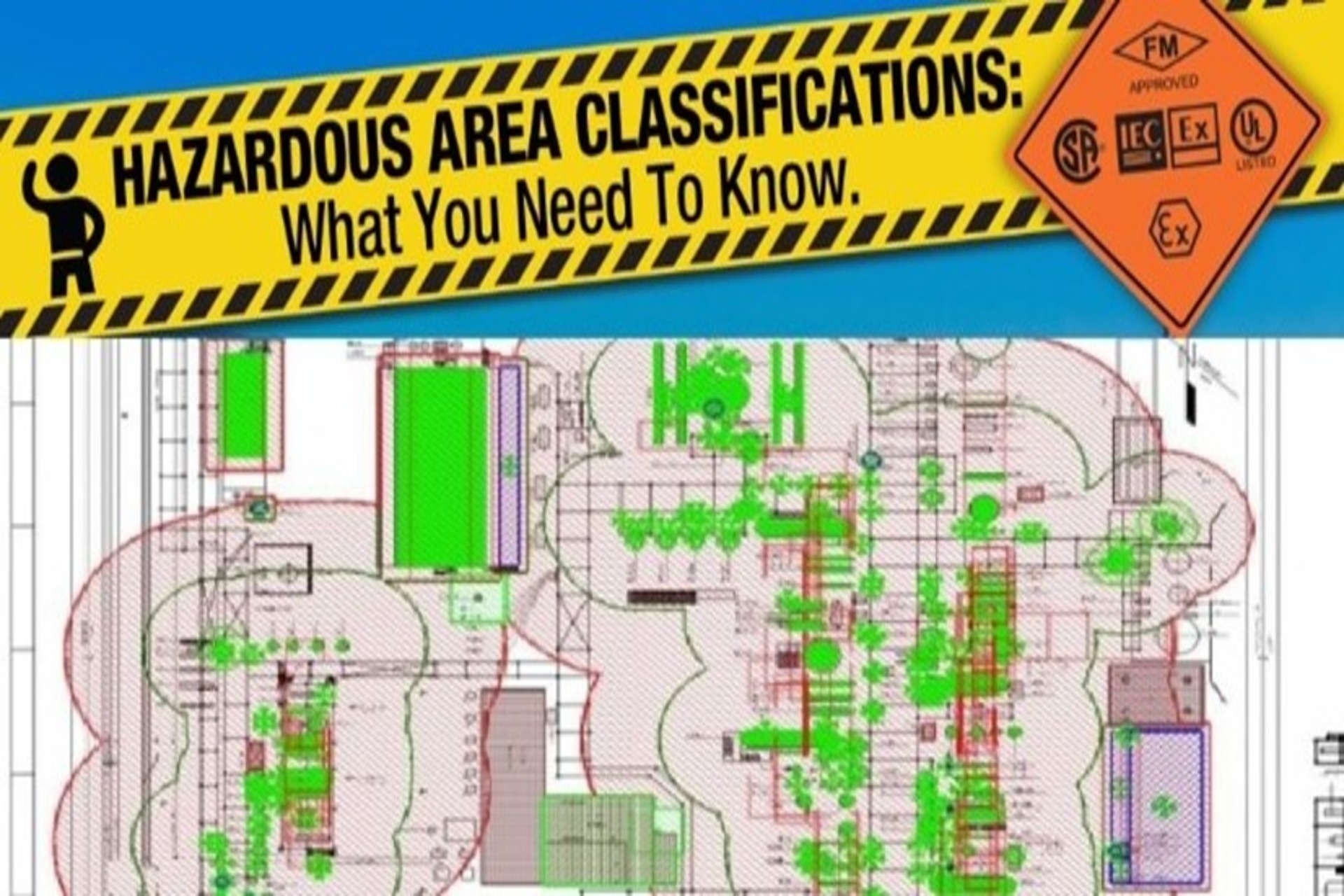METHODOLOGY FOR HAZARDOUS AREA CLASSIFICATION (HAC) STUDY- IEC
1. OBJECTIVE
The purpose of the Hazardous Area Classification study is to determine the extent of the hazardous areas around equipment handling or storing flammable fluids, combustible fluids and combustible dusts, both liquid and vapors in terms of Zone 0/20, Zone 1/21, Zone 2/22
The aim of hazardous area classification is to avoid ignition of those releases that may occur from time to time in the operation of facilities handling flammable liquids and vapors. The approach is to reduce to an acceptable minimum level the probability of coincidence of a flammable atmosphere and an electrical or other source of ignition occurring. In Hazardous Area Classification the extent of the hazardous areas around equipment handling or storing flammable fluids, both liquid and vapors is determined in terms of Zone 0, Zone 1, and Zone 2. The hazardous area classification around the equipment handling flammable/explosive dust is determined in terms of Zone 20, Zone 21, and Zone 22.
2. SCOPE
The Hazardous area classification is carried out as per Reference STD & given methodology.
3. Reference for HAC Methodology
Draft Version of EI15 Edition 4– Model Code of Safe Practice - Area Classification Code for Installations Handling Flammable Fluids. Energy Institute 2015. 3.
EI15 Edition 3– Model Code of Safe Practice - Area Classification Code for Installations Handling Flammable Fluids. Energy Institute 2005.
IEC 60079-10-1 Explosive atmospheres Part 10-1: Classification of areas - Explosive gas atmospheres
IEC 60079-10-2 Explosive atmospheres Part 10-2: Classification of areas – Explosive dust atmospheres
Any other National and International Guideline Recommended by Client.
4. ORDER OF PRECENDENCE
Draft Version of EI15 Edition 4– Model Code of Safe Practice - Area Classification Code for Installations Handling Flammable Fluids. Energy Institute 2015. 3.
EI15 Edition 3– Model Code of Safe Practice - Area Classification Code for Installations Handling Flammable Fluids. Energy Institute 2005.
UAE regulation
IEC 60079-10-1 Explosive atmospheres Part 10-1: Classification of areas - Explosive gas atmospheres
IEC 60079-10-2 Explosive atmospheres Part 10-2: Classification of areas – Explosive dust atmospheres
National & International reference books.
5. Proposed Methodology
5.1 Methodology
The procedure of HAC involves following steps:
1. Identification of the Point Source or Source of Release
2. Determine the Grade of Release
3. Determine the Class of the Fluid
4. Determine the Ventilation Requirements
5. Establish Zone Classification
6. Determine Hazard Radii
7. Determine Hazardous Area
To enable selection of electrical equipment’s appropriate to the zone classification, the apparatus sub group and temperature class is then determined based on the flammable substances that can be released.
Figure 1: Schematic approach to classification
Figure 2: Schematic approach to classification for continuous grade releases
Figure 3: Schematic approach to classification for primary grade releases
Figure 4: Schematic approach to classification for secondary grade releases
5.2 Project Deliverables
Table 1:HAC
5.3 Software to be used
AutoCAD For Marking.
DISCLAIMER
HSE Risk Management Services Private Limited accepts no liability or responsibility whatsoever for it in respect of any use of or reliance upon this Methodology by any third party.
Copying this Methodology without the permission of HSE Risk Management Services Private Limited is not permitted.









